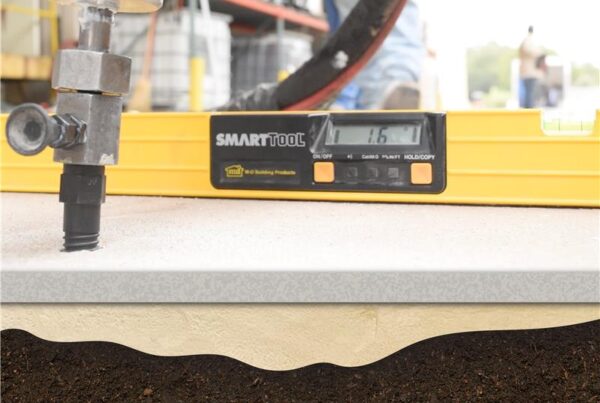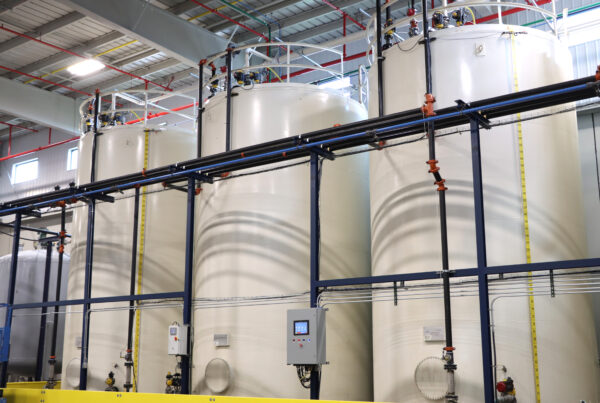The Future of Appliance Foams: Navigating Blowing Agent Challenges
Facing challenges with your appliance foam solutions? You’re not alone. The appliance foam industry is undergoing significant transformations, driven by both technological advancements and environmental concerns. At the heart of this evolution is the transition in foaming agents, which play a pivotal role in foam production. FSI is at the forefront of these changes, pioneering solutions that address the industry’s most pressing issues. Our commitment to innovation ensures that we not only adapt to these changes but also lead the way in setting new standards.
As the industry evolves, staying informed is more crucial than ever. Businesses that keep abreast of the latest trends and technologies position themselves to remain competitive and sustainable in the long run. It’s not just about compliance with environmental regulations; it’s about harnessing the potential of new technologies to deliver superior products to consumers.
The Environmental Shift in Blowing Agents
The global push for environmentally-friendly solutions has left the appliance industry at a crossroads. With the need to phase out certain blowing agents due to environmental concerns, what comes next. Our very own John Murphy, a senior blowing agent specialist, sheds light on this pivotal shift in his featured article in applianceDESIGN: Blowing Agents: A Closer Look. As regulations tighten, understanding these alternatives becomes essential for manufacturers to maintain compliance and reputation.
Ecomate: The Game-Changer?
Among the various foaming agents, Ecomate emerges as a strong option. Its unique properties, such as low molecular weight and favorable economics, make it stand out as a promising answer to our blowing agent challenges facing appliance designers. Developed as an eco-friendly alternative, Ecomate has been recognized for its performance and adherence to regulatory standards. Furthermore, Ecomate’s versatility across various foam blowing applications is evident from its product solutions page, showcasing its wide-ranging applicability.
As industries seek greener solutions, Ecomate’s potential as a sustainable option is gaining traction. With zero Ozone Depletion Potential (ODP) and a minimal Global Warming Potential (GWP), Ecomate stands out as an environmentally benign choice. As the demand for sustainable and high-performance foaming agents grows, Ecomate is poised to play a pivotal role in shaping the future of the appliance foam industry.
The Importance of Optimization
Transitioning to a new blowing agent requires meticulous optimization. Ensuring it integrates seamlessly into your production process is vital, so factors like the choice and amount of surfactant, catalyst package, and more play a crucial role in determining foam properties. Murphy’s insights into these nuances are a testament to FSI’s expertise in the field, and he shares invaluable insights on the optimization process, helping you achieve the best results with minimal hiccups. As the market grows more competitive, optimization can be the differentiator between standard and exceptional products.
Optimization is critical for production lines, as thermal efficiency and overall performance are highly dependent on the formulation. Incompatibilities can arise if the optimization process is not given due attention. For those keen on understanding the sustainability aspect, FSI’s commitment to providing sustainable materials without compromising on performance is noteworthy.
The Next-Gen Blowing Agent?
Hydrofluoroolefins (HFOs) are making waves as potential successors to HFCs. They promise improved gas lambda values but come with their own set of challenges. Murphy’s article delves into these intricacies, offering a balanced view of the future of foam insulation for appliance design.




